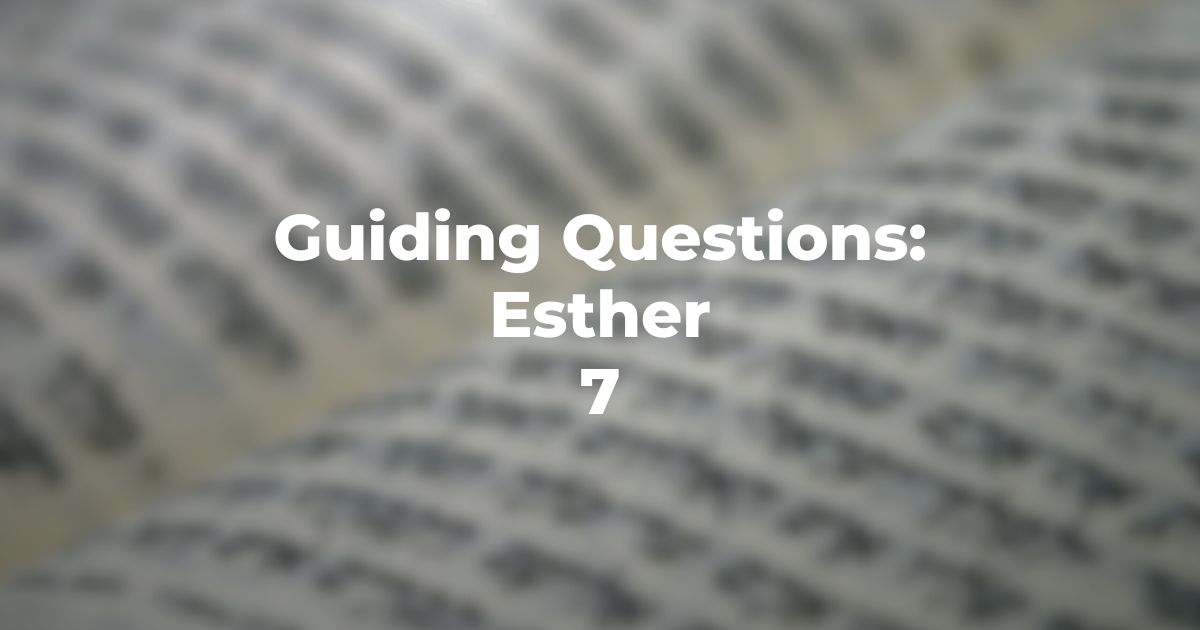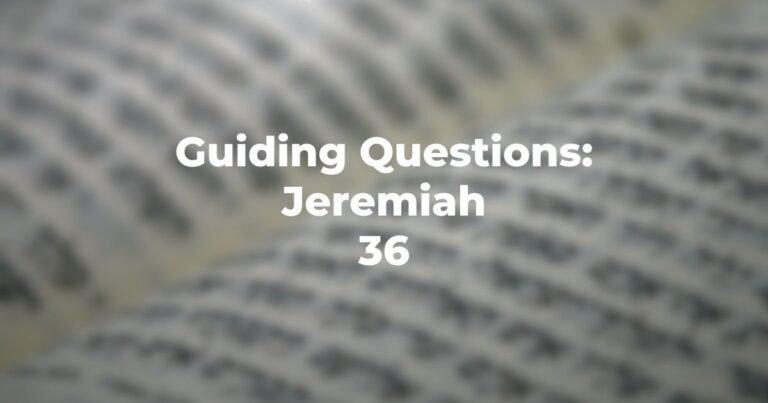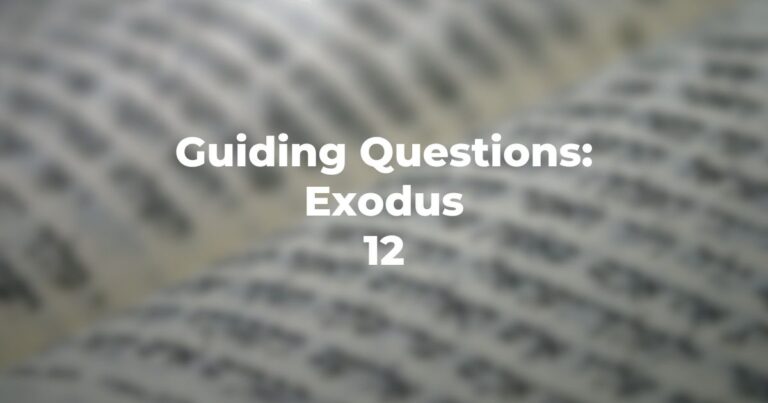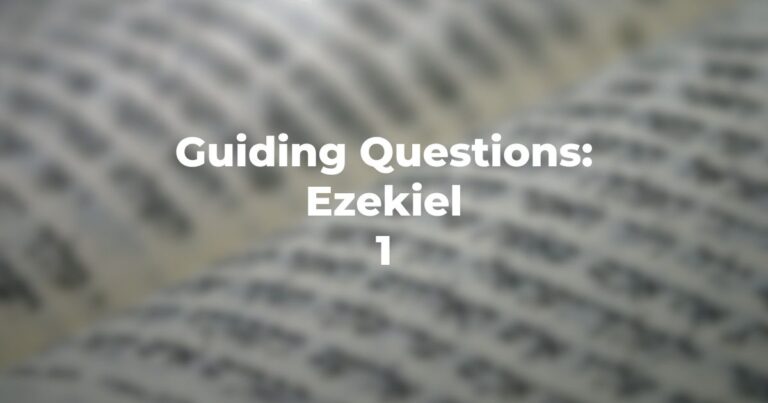- At this second banquet, Esther makes her plea to the king (Esther 7:3-4). For whom does she plead first? Is this a strategy based on her knowledge of Ahasuerus? Does she declare her Jewishness? Does the king ask? Who might have understood the Jewish component at that moment?;
- Since the king knew that he had given Haman the permission to destroy a people, to what might he be referring in Esther 7:5 when he asks Esther “who would presume in his heart to do so”?
- To whom does Haman choose to beg for his life? Is there a deeper irony implied in this? Is the drama of the moment enhanced?
- Drama, irony, humor and personalities all begin to coalesce. Only in Esther 7 are we told that the banquet is a “wine drinking” event, and that’s repeated three times! (Esther 7:2 and Esther 7:7-8). In fact, the word for “banquet” (Mishteh) is derived from the word “to drink”. The word for “wroth” in Esther 7:7 comes from the root “heat”. If these are “hints”, what might be one reason that the king suddenly leaves the party to go out to the palace garden?
- When he returns from the garden (Esther 7:8) what does he see that seals Haman’s fate? What must have been uppermost in the king’s mind during all this time? How does this reflect on Esther’s pleading for her own life first in Esther 7:3?
- In Esther 7:8, does Esther respond to Haman’s pleading? Does she correct the king’s misperception of the scene? Why would one commentary call this “one of the most eloquent silences in history”?
- In what way does Harbonah add the finishing touch in Esther 7:9? What irony is added by telling the king that Haman was planning to kill Mordecai? In what way is this poetic justice?
Author
-

Exploring Judaism is the digital home for Conservative/Masorti Judaism, embracing the beauty and complexity of Judaism, and our personal search for meaning, learning, and connecting. Our goal is to create content based on three core framing: Meaning-Making (Why?), Practical Living (How?), and Explainers (What?).
View all posts




